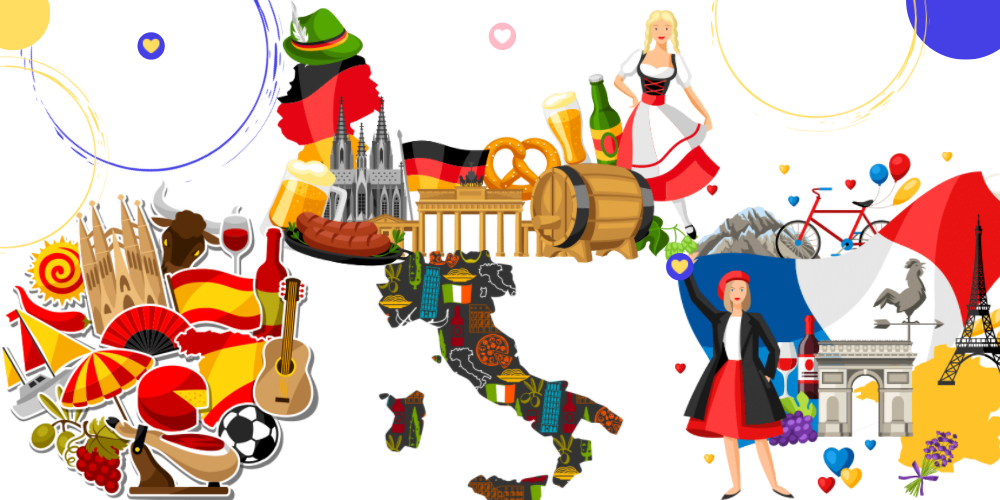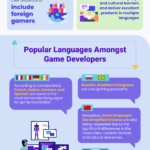For the gaming industry, FIGS was (and still is) the golden goose: translating and localizing into these languages ensures international market expansion, reaching a wider audience, increasing fanbase, sales and profits. As a result, every game developer or creator wanted to translate and localize their product into at least one (if not all) of these languages.
But we live more than ever in a globalized economy, where the development of the Internet and technology bring together people from all over the planet. In these circumstances, some people might think that the FIGS will be replaced by BRICS (the emerging economies of Brazil, Russia, India, China, and South Africa) which account for 40% of the world population. Others say that the APAC (Asia – Pacific) countries are the next frontier – with China, Japan, and Korea as leading countries.
In this situation, do FIGS have the same importance? Do you get the outcomes you hope to get? Or they have been eclipsed by countries such as India, Russia, China, and Korea?
These are some of the questions. But let’s take them step by step and see what the potential of the FIGS market is.
What does FIGS mean?
Definition of FIGS and EFIGS markets
In the translation and localization industry, FIGS is the acronym that stands for French, Italian, German, and European Spanish, considered the “Big 4”. Sometimes, experts add English to the list, so they become EFIGS.
English is considered the lingua franca in the gaming industry, and it opens the doors to the US, UK, Australian, Canadian, and New Zeeland markets. But as many games are developed directly in English, we’ll focus in this post only on the non-English speaking markets.
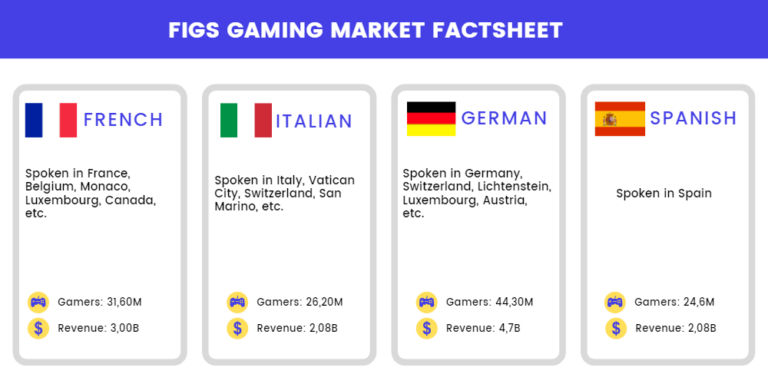
How big is the FIGS gaming market?
According to the latest data:
- in 2018, the German gaming market generated a total turnover of €4.4 billion, having over 34 million players
- with 3,96 Tn euro GDP, Germany is the richest European country, followed by France (€2,76Tn), Italy (€2,03TN), and Spain (€1,43Tn)
- 50% of the population aged 6-64 play video games, the average age of a video game player in Europe being 31,3 years old
- Five hours per week is the average time users play
According to Newzoo, the FIGS languages still remain strong in the game translation and localization sector. So, let’s see which are the main characteristics of the FIGS gaming market and what you should consider when localizing into the FIGS languages.
French game localization
About French
French is the official language not just in France, but for 270 million people from 29 countries, two-thirds of the French native speakers living in African Francophone countries. Belgium, Switzerland, and Canada are the most known francophone markets, but French translation and localization also add to the list the potential emerging markets like Rwanda, Cote D’Ivoire, and DR Congo.
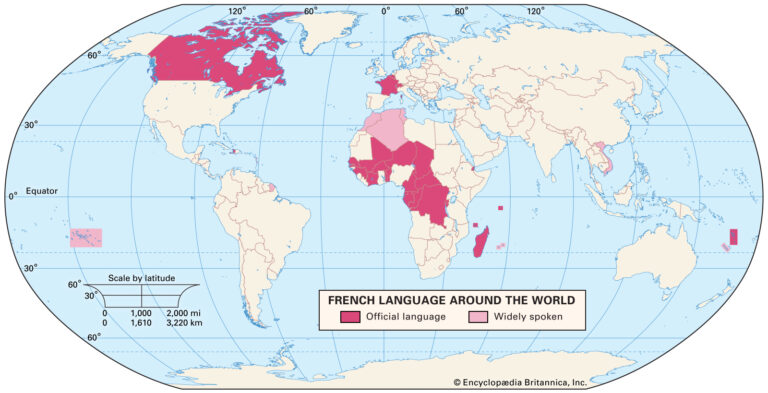
France games market
With 36.5 million French gamers in August 2021, and $2.66 billion projected revenue by the end of this year, France ranked as the 7th gaming country worldwide and 3rd in Western Europe.
68% of the population in France play video games regularly, 43% being female gamers and 57% being male. The male audience is slightly younger (10-35 years-old males vs 21-35 years-old females as the most active audience). French also like watching other gamers playing – 42% say they do it online on YouTube or Twitch.
Like other European countries, PC is the main platform for French gamers whilst ⅓ play cross-platform games. Puzzle and casual games are the most popular genres in France, as they allow French gamers to play when they are away from home.
Tips for translating your game from English to French
1. Which French to use for localization?
As we mentioned above, several countries speak French. Usually, you should use France French for game localization services but depending on your main target market, you may also consider Canadian French.
2. Length
French is usually 30% longer than English. As the UI space is limited on mobile devices, you must adjust the translation length to match the source. This can be attenuated to some extent but sometimes it can be tricky to find the right balance between quality and user-friendliness.
3. Formatting
In terms of formatting in French:
- you should always use quotation marks (« »), not English ones (” “).
- as space separators for numbers, where English uses commas in French you use space (e.g. 10,000 becomes 10 000)
Keep in mind that formatting mistakes look cheap and usually affect the game quality.
4. Formality
The same as many other languages, French has the formal pronoun for “you” (“vous” in official settings and “tu” in more informal situations). You can use titles to show respect to the conversation partner.
Italian game localization
About Italian
Italian is the official language for the 60 million Italian citizens, as also in San Marino, Switzerland, Vatican City, and some areas in Slovenia and Croatia.
Italians don’t have a very high proficiency in English, ranking in the 30 out of 100 countries according to EF.
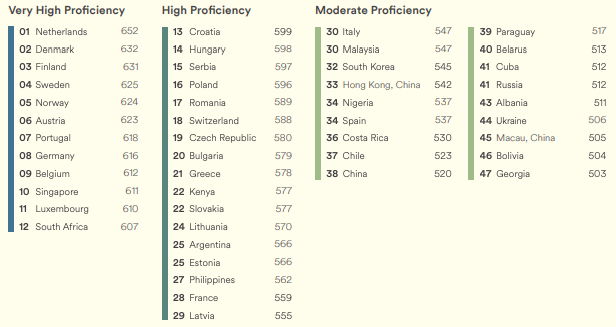
If you want to attract and engage your players, you need to translate and localize your game. That’s especially the case when it’s a complicated, interactive one where they have to make quick decisions.
Italian gaming market
According to GameIndustry.biz and Newzoo, the Italian gaming market reached 35 million gamers and $3 billion in revenue in 2020. In Italy, 30% of the population plays games, with the main audience aged 25-34. The average revenue per user (ARPU) is 28 euros, while Italian gamers tend to pay more for PC games than for mobile.
The top three genres are action games, shooters, and sports, with FIFA being the favorite in the sports game category.
Italian localization essentials
1. Length
Generally speaking, Italian text is at least 10% longer than English. Although it won’t affect your UI game too much, you should not forget during the ad localization.
2. Special Characters
Italian is not the only language that uses special characters like è, à, ò, ì. The tricky part is choosing the right font to recognize these characters and display them correctly.
3. Gendered nouns
Like other languages, Italian uses gendered nouns. Therefore, to avoid any mistakes, you should give the translators information about the gender of the game’s characters.
German localization
It is one of the most important European languages and is the official language spoken in Germany, Switzerland, Austria, Luxembourg, and Liechtenstein. Although German is pretty difficult to learn, it’s the only Germanic language from the FIGS group and the closest to English. Germans have very high proficiency in English, but you still should translate and localize your game if you want to attract a wider audience.
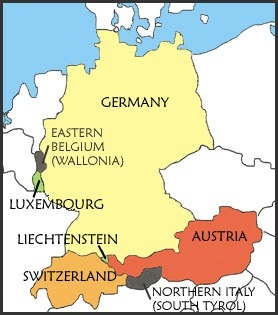
Here are some facts:
- With a gaming industry revenue of $6,084 million and 45 million gamers, the German market was the fifth market in the world in 2020
- 60% of German gaming players like to watch gaming tips & tricks /videos on Twitch and YouTube
- German games market grows by 22% in the first six months of 2021, strategy and action fighting games being the preferred game genres
- Gamescom (the world’s largest event for computer and video games) is held in Cologne and attracts around 400k gamers and developers every year.
English to German game translation tips
- German dialects
Germany was unified into a nation-state in the 19th century, until then being made up of different kingdoms, free cities, and duchies, each of them with its own dialect. The so-called High German dialect (Hochdeutsch) is generally accepted as the standard form of the German language, but Austria, Switzerland, and Luxembourg have their specific dialects of German.
2. Formal and informal style
Depending on your game, you’ll need to be very careful when choosing between using formal or informal German.
Formal German is more polite but can be considered distant, while informal German is more personal and becomes more popular as cultural norms shift. However, to some, it may still seem rude or intrusive. Regardless speaking style you choose, remember that you need to be consistent and cannot always jump from formal to informal.
3. Word length
As the German words are longer than the English ones, the translated sentences often just don’t fit the length limits. This is mainly due to the articles preceding the nouns and case endings that can’t be changed because they play important grammatical roles.
4. Modesty
Germans like moderation and don’t favor exaggeration or comparative advertising. If you want to win the German audience’s heart, you should choose more low-key wording.
5. Forbidden Topics
Excessive violence, racism, and Nazism are controversial subjects in Germany and therefore, until 2018 there were very strict censorship laws for games. After this year, the rules were a bit relaxed. But even so, anything involving Hitler or World War II is still taboo and you should avoid these topics.
6. Gender Neutrality
Unlike English, in German, there are different words for the feminine and masculine genders. For example, you cannot use the word Kämpfer (Warrior) for a female character. It must have the suffix -in, indicating the female gender in German: Kämpferin.
That’s why asking for more info about your game’s characters before translating is the best way to prevent any grammatical gender mistakes.
EU Spanish localization

With 450 million native speakers, Spanish is one of the most widely spoken languages in the world. It is also the second spoken mother tongue (after Mandarin) and the third most used language on the internet after English and Chinese.
Especially in the gaming industry, we divide Spanish into two languages:
- EU Spanish which is mainly spoken in Spain, Andora, Gibraltar (even if in the last two countries, the official languages are Catalan and English), and Switzerland
- Latin Spanish – is used in Mexico, Colombia, Argentina, Peru, Chile, Uruguay, etc.
And this is because the Latin American market has grown very fast and if you want to connect and engage with this audience you have to make sure you translate and localize properly for them.
As we described the localization characteristics for Latin America in one of our previous posts, we’ll focus here just on EU Spanish.
Spanish games market
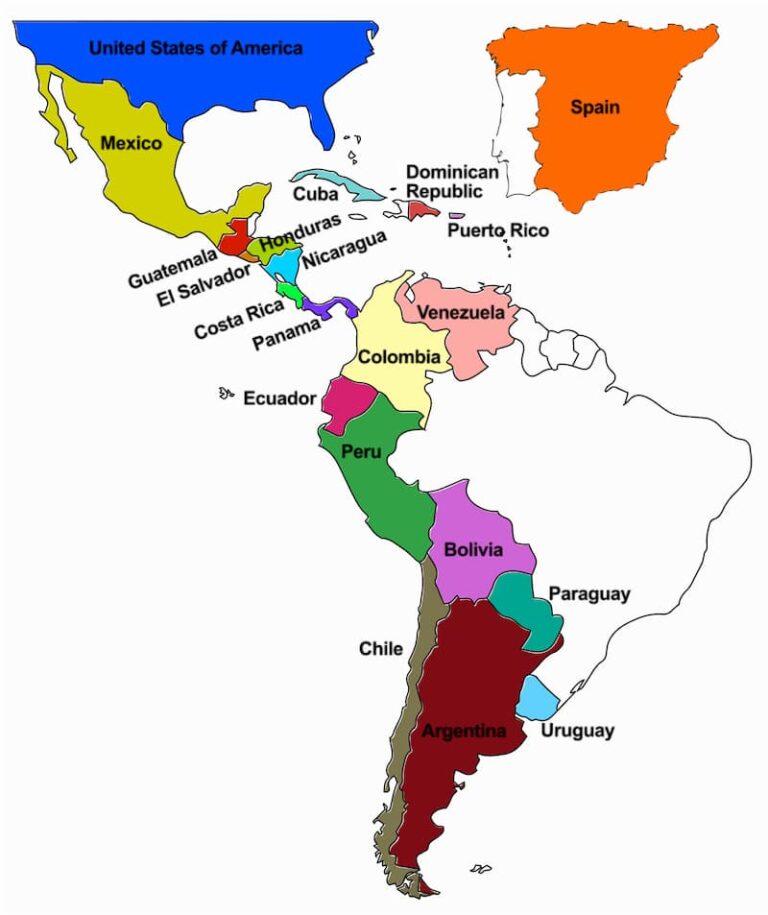
According to the Newzoo report, Spain ranked #10 in the world’s largest gaming markets, with 27 million players and revenues of $2.9 billion.
Due to the prevailing football culture, sports games are very popular among players. They are followed closely by the racing and board games, which are played mostly by the 21-35 years old audience.
With over 90% of players accessing mobile games, they are the most popular in Spain, followed closely by the PC ones.
Spanish video games localization services: what to think of
1. Which Spanish?
As mentioned before, When speaking about Spanish, you have to consider EU Spanish, Latam Spanish, and American Spanish. As there are some differences in vocabulary, grammar, and pronunciation between them, you should know from the beginning which country or region you’ll localize for.
For example, in Spain, one says “conducir a coche” but in Mexico, it’s “manejar a carro”. Or computer is “Un ordenador” in EU Spanish while in Mexico they call it “una computadora”.
The form you have selected does not exist.
2. Context
Like for any language, you also need context when translating and localizing in Spanish. Don’t forget that different languages have different words for male and female, or singular and plural. Missing them can be problematic when translating a video game.
The more information you provide, the better localization quality you’ll get. For example, you could have the dialogues in their natural order instead of a random one, when sending the files for translation.
3. Speaking style
Every language has its particularities, gender and singular/plural forms being the typical issues. For example, many games let players choose if include or not both male and female characters. In any case, you should remember that many of the dialogs will be different for each gender.
4. Regional particularities
When handling game translation and localization, is very important to consider everything, from the text translation to the voice-over (if necessary), to characters’ outfits to outdoor and indoor signage. But you need to do this by respecting the customs, norms, and beliefs of your target audience.
If your translation and localization team can tap into the cultural background of the players, they will enjoy and immerse themselves in your game instead of thinking they have just a poor translation of the original playing.
Final words
Generally speaking, the EFIGS market is extremely important for the development of the games industry, but also for the translation and localization industry. And according to the latest statistics, it still remains a priority choice for game developers and creators.
However, if you want to expand globally, you should consider more than FIGS. Korean, Chinese, Japanese, and Russian, are just some of the options you should try.

